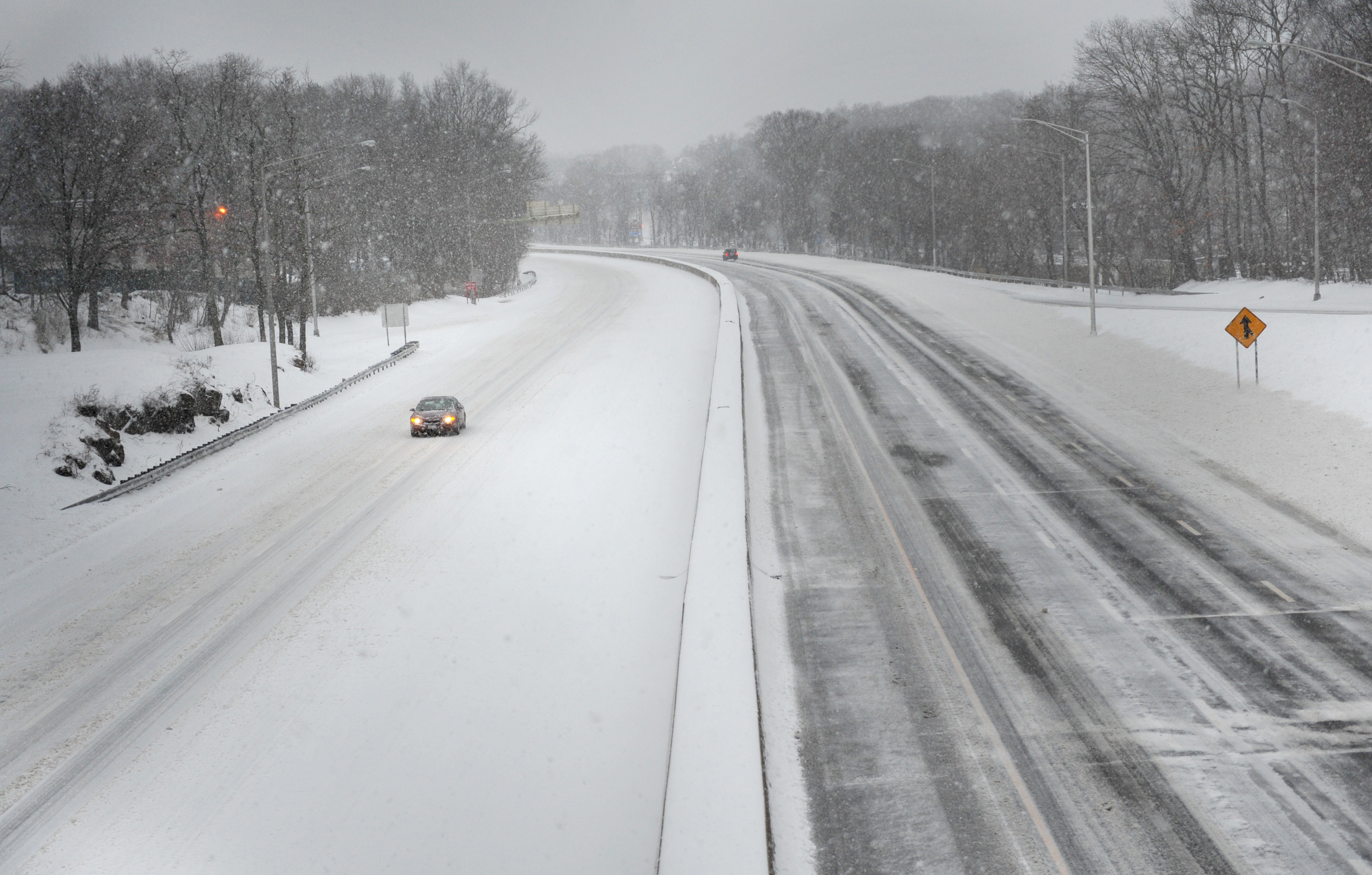What's New
China is nearing completion of the Jiangmen Underground Neutrino Observatory (JUNO), a $300 million facility designed to detect elusive universe's most elusive particles––neutrinos.
Why It Matters
Neutrinos are abundant, poorly understood subatomic particles dating back to the Big Bang. They're often nicknamed "ghost particles", as trillions zoom through our bodies every second, containing almost no mass.
The JUNO is one of three major neutrino detectors in development worldwide––the other two are under construction in the U.S. and Japan.

What To Know
JUNO, located 2,297 feet underground in Kaiping, Guangdong Province, features a 35.4-meter-diameter acrylic sphere filled with 20,000 tonnes of liquid scintillator.
This liquid will produce flashes of light when neutrinos collide with matter, which are detected by an array of 43,200 photomultiplier tubes. Understanding neutrinos could provide critical insights into the origins and evolution of the universe, including why matter outnumbers antimatter.
Researchers say the project will go online next year.
"The solution for how we measure these neutrinos is to build very, very big detectors," said Andre de Gouvea, a theoretical physicist at Northwestern University not involved with the project.
"If they can pull that off, it would be amazing."
The detector will focus on antineutrinos generated by nuclear reactors over 31 miles away. When these particles interact with JUNO's materials, they create measurable signals that scientists can analyze.
Despite being underground to avoid interference from cosmic rays and radiation, the detector's sensitivity is unprecedented.
In comparison, Japan's Hyper-Kamiokande is expected to become operational in 2027 and the United States' Deep Underground Neutrino Experiment (DUNE) aims for 2031.

What People Are Saying
Wang Yifang, chief scientist and project manager of JUNO, said: "By studying neutrinos, we can understand why the universe has become what it is today, and what will be the future of the universe."
Patrick Huber, director of the Center for Neutrino Physics at Virginia Tech, said: Described the project as an "exciting" opportunity to delve into some of the universe's most fundamental––but elusive––building blocks.
J. Pedro Ochoa-Ricoux, physicist at the University of California, Irvine, said: Internationally, the construction of JUNO has been noted in the context of global scientific collaboration and competition. "Despite any political differences, I believe that through our collaboration on this scientific endeavour, we are setting a positive example that may contribute, even in a small way, to bringing our countries closer."
What Happens Next
JUNO is scheduled to commence data collection in August 2025, with an expected operational lifespan of at least 30 years.
Once JUNO begins collecting data, it will take years to analyze the results.
All three detectors will eventually be able to cross-verify findings and provide a more comprehensive understanding of neutrino physics than the past 50 years' worth of research.
This article includes reporting from The Associated Press




















 English (US) ·
English (US) ·